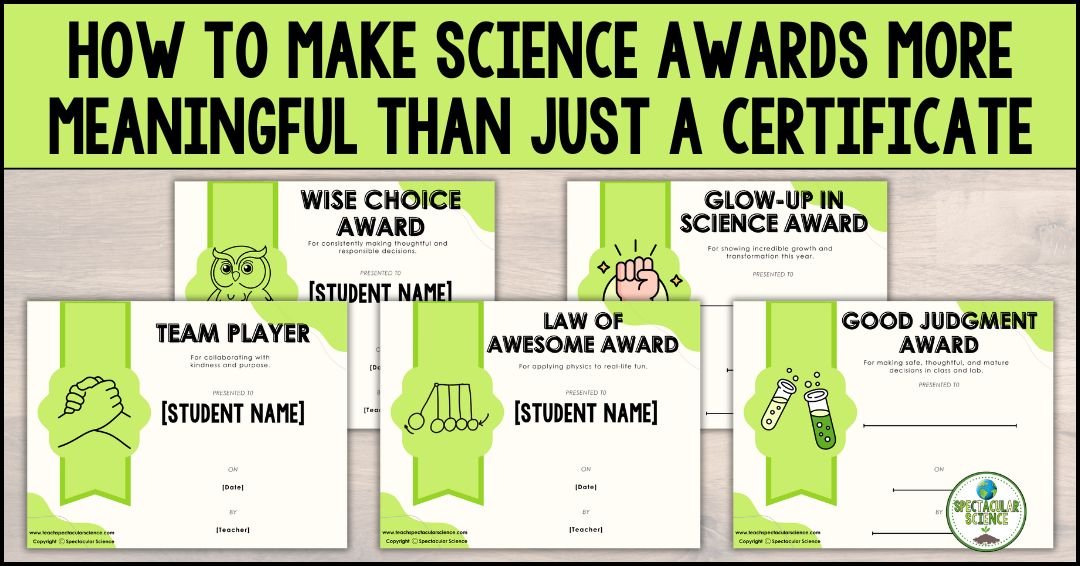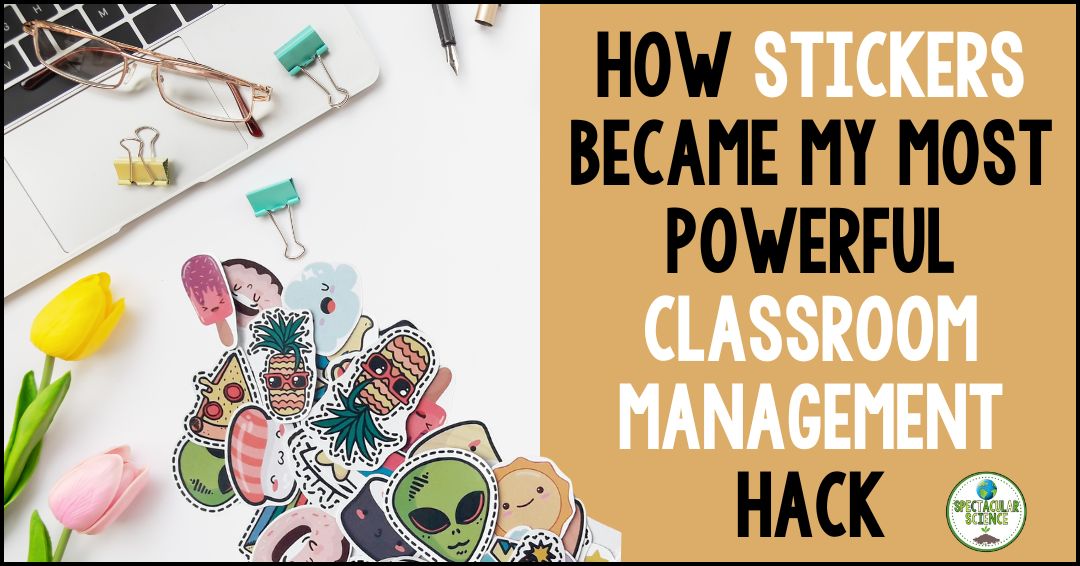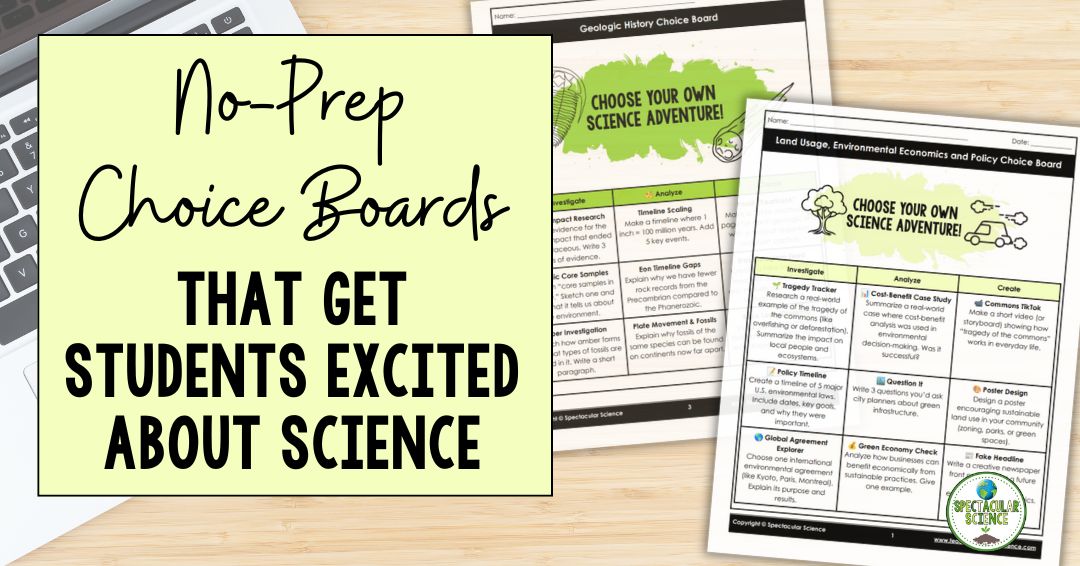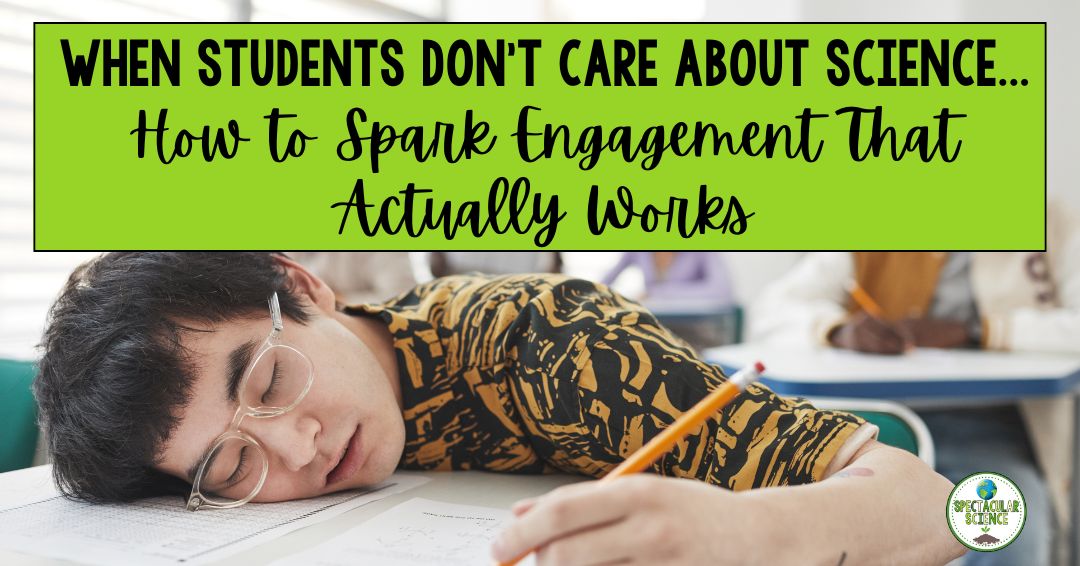
Tell me if this sounds familiar… In my first year of teaching a student asked a question, and I did not have an answer. In that moment, I felt defeated. I didn’t realize that not knowing an answer is a teaching strategy. I beat myself up for a long time about it since I felt like I was a terrible teacher who didn’t know enough to be able to effectively teach.
I learned so much during my first year as a teacher. Fast forward almost two decades, and I have a variety of teaching strategies at the ready to adapt and adjust on the fly in class. And with that knowledge, I now know that not knowing the answer can be an effective teaching strategy.
Keep reading for the how and why of this unconventional teaching strategy!
Why “not knowing” is an effective teaching strategy
Of course, it is important to be knowledgeable in your subject area and to have a strong understanding of the material you are teaching. However, it is unrealistic to expect any teacher to have all the answers all the time.
It is perfectly fine for teachers to have only some and not all of the answers. As a teacher, your role is not just to impart knowledge, but also to facilitate learning.
Build Resilience
Students can understand that learning sometimes means overcoming obstacles. Not knowing is not an end to knowledge but the beginning of new learning!
Lifelong Learning
Admitting that you do not know something can be a great way to model lifelong learning. In not knowing an answer, you can make clear to students that there is always more to learn.
Furthermore, this shows students that things change. What I knew in my first year of teaching – even subject-specific knowledge – has changed. Experience can be a great teacher and this is another valuable lesson to share with students.
Facilitate Learning
As a teacher, your role is not just to impart knowledge, but also to facilitate learning. This means that you can help your students develop critical thinking and problem-solving skills by encouraging them to ask questions, explore different perspectives, and seek out information on their own. By doing this, you are not only helping your students learn, but you are also empowering them to take ownership of their learning.
This can also form the backbone of inquiry-based learning in your classroom. Check out this post for more details on how to make inquiry-based learning part of your science lessons.
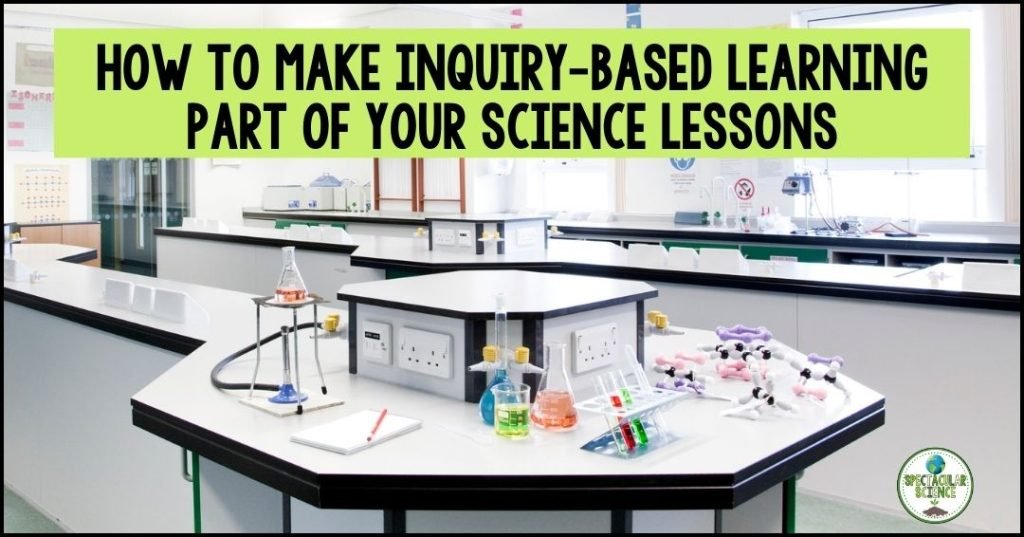
Enhance Engagement
In posing a question back to students, it could spark their curiosity. What more do they want to know about the subject? This teaching strategy peeks curiosity.
During any unit of study, keep a piece of chart paper or dedicate some space on the board to record questions that need answers. This ‘question parking lot’ can be useful during a lesson. You or a student can record the question without having to take a current lesson completely off-track. Make time and space during the unit to ensure the questions in the ‘question parking lot’ are addressed by you, or better yet, by your students.
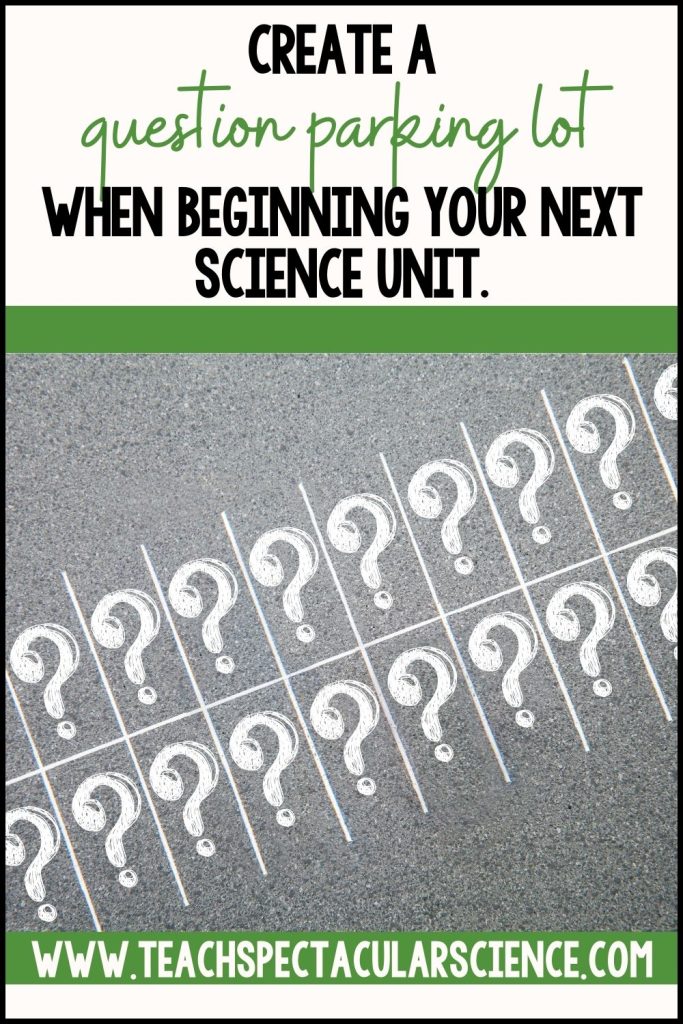
Collaborative Discovery
It is okay to say, “I don’t know, but let’s find out together” when facing the unknown. Work with your students to learn and discover new things or challenge students to work together to find answers.
This can create a sense of community and collaboration in the classroom, as you and your students work together to find the answers.
If there is one teaching strategy I wish I had embraced sooner it is this one. To take what I perceived for quite a long time as a negative aspect of my teaching and realize that it truly is a positive aspect.
Embracing not knowing as a teaching strategy could have made a world of difference in my early years as a teacher. And I know now that embracing this strategy, particularly in science classes, has made a difference in my students’ lives!















